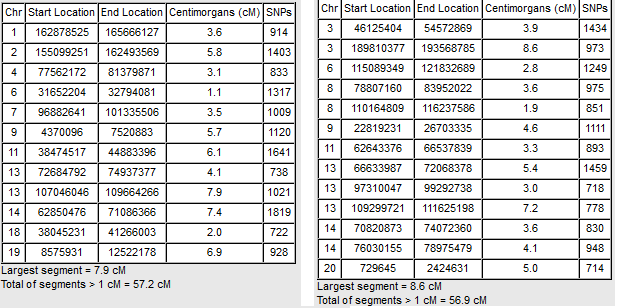We met at the memorial for the Skalat community, "the holy Skalat Martyrs," at the Holon Cemetery in south suburban Tel-Aviv. Along that stretch are maybe thirty or forty (maybe more) such monuments. Some are for other towns in the area - Zbarazh, Husiatyn, Trembowla. Others are towns scattered across eastern Europe, including Pleshchenitsy where my mother's paternal grandmother Chana Kugel came from.
We were probably twenty-five people, exactly enough men for a minyan. There were four survivors from Skalat, all women. The rest were second generation Skalaters and even third generation.
Zvika Sarid led the service, as he has done since the late Chaim Braunstein was no longer able to do so. Chaim's son was there. He read the inscription that his father had written on the left side of the monument. Zvi Segal - Shammai's son - was there and his son spoke. Bronia spoke - she seems to have more energy every year. I read Psalm 130. Zvika said the memorial prayer. Everyone said kaddish together.
Yocheved, Zvika's mother, thanked everyone for coming. We hope we will see everyone again next year.
Shammai's family went off to nearby Rehovoth where their personal memorial is held for Shammai - who, appropriately, died on Shavuot. Must be five or six years now.
I asked Zvika if anyone is organizing a trip to Skalat in the coming year. He said not that he knows of. I was there fifteen years ago. It's time to go again.
to the fathers who took their lives in their hands,
in desparate attempt to save their children,
to the mothers who hair blanched
from pain and fear for their dear ones,
for those tortured and shot in the town streets,
in the ancient citadels
and on the banks of the river,
to the thousands taken in the death cars,
to Belzec, on the road of blood and suffering
and were ground to dust., to the few who dared
to jump from the speeding trains,
because they never quit or gave up hope,
even at the edge of destruction,
for the thousands at the pts of death,
fathers, mothers, grandfathers and grandmothers
brothers and sisters, counting the
last grains of sand in the hourglass,
their eyes desparate and no one comes to rescue,
to the brave, the daring, the fortunate,
who in that night of storm and unrest,
of hope and desparation, joined the fighters of
Kobpak and whose blood filled the path
of the Resistance in the Carpathian Mountains,
to the thousands of the community who were killed
with the cry of SHEMA YISRAEL on their lips,
to the few who remained, by miracle or by chance,
fewer every year, and during these many years
they carry the cries of the entire community,
and the greatest and heaviest cry of them all,
the cry of the dead and of the living, echoing
throughout the world, from then until the end of time:
MANKIND, WHERE WERE YOU?




